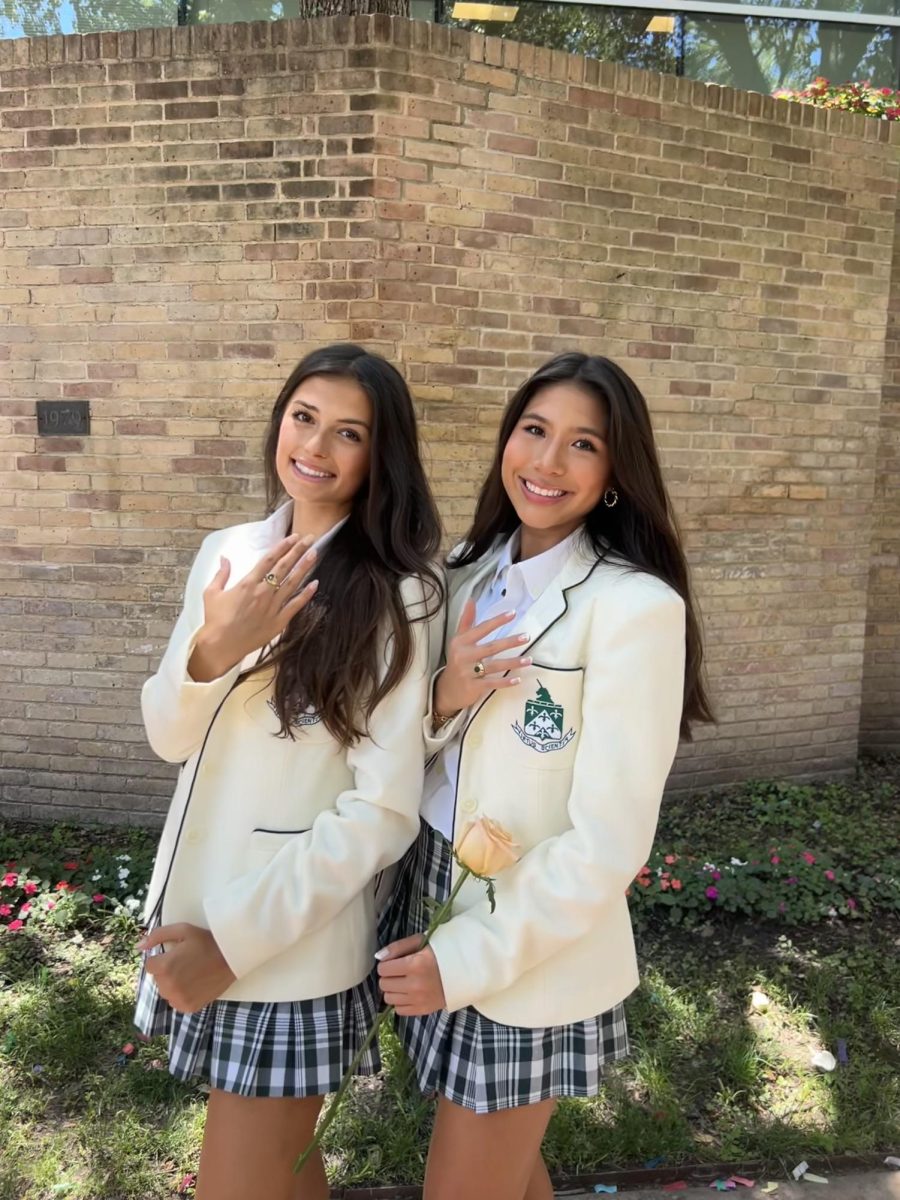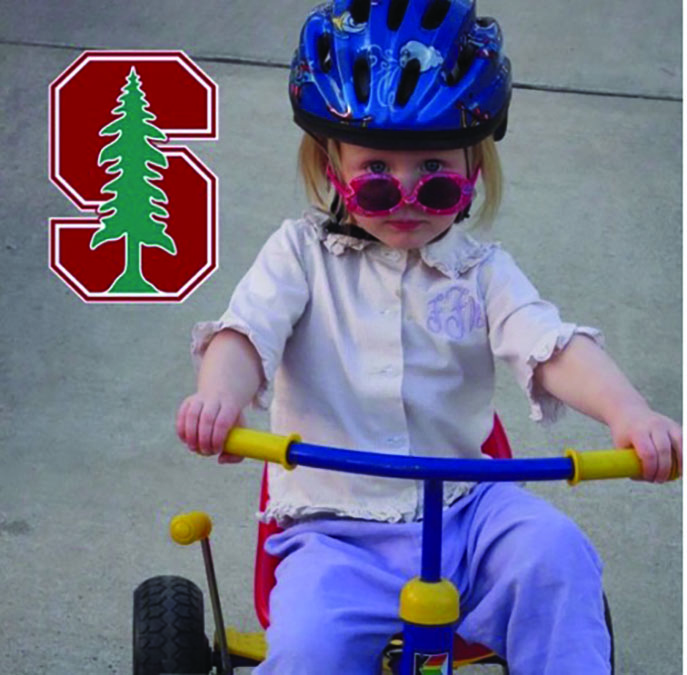//PICTURED ABOVE: AP Environmental Science students present their final projects. They studied various environmental issues in Dallas and suggested solutions.
Walk into Upper School teacher Kirsten Lindsay’s classroom and you might see a pile of trash on the table. Take a closer look, however, and these seemingly mismatched items fit together in a surprising way. These materials, put through Lindsay’s teaching, come together to create a water filter designed to affect positive environmental change.
Seniors at Hockaday have the option to take two AP courses with Mrs. Lindsay: AP Environmental Science and AP Human Geography.
In both AP Human Geography and AP Environmental Science, students learn about current socio-environmental issues that impact both the world and Dallas through the integration of the Institute for Social Impact. Although both AP courses are dedicated to positive social change, AP Environmental Science sets out to solve environmental issues.
The class is helpful to many seniors who want to study issues like these after graduating Hockaday, like senior Meredith Jones.
“I am planning on studying urban planning and environmental sustainability in college. I wanted to learn about the major environmental problems facing our world today because they often affect or are connected to different aspects of society that we don’t always realize,” Jones said.
Issues in Dallas are the main focus of Lindsay’s courses, as Lindsay teaches her students about pressing environmental issues that affect Dallasites on a daily basis.
“The idea is that they can find any issue they feel strongly about and then they can develop a solution, they can prototype it, they can test it, and then they present their issues at the end,” Lindsay said.
Seniors like Meredith Jones learn about issues such as the Trinity River Audubon Center and Dallas’ urban forest. For their final project, Jones and her group members Kate Short and Sophie Gilmour have narrowed their focus to the issues surrounding the Trinity River.
“It’s disappointing that because of its [the Trinity River’s] degraded state Dallas does not and can not use it to its fullest potential,” Jones said.
According to Lindsay’s plan, the class’ next step is to find a solution to these problems through testing.
Following this, the group decided to create a simulated Trinity River in a bucket, plant duckweed and then take nitrate tests after a few weeks to see if the plants absorb the excess nitrate.
From the integration of the Institute for Social Impact, students have the opportunity to go into Dallas and work firsthand with institutes like the Audubon Center.
“What was great about Ms. Day’s connections was that it actually allowed them to work with people locally to implement their ideas here in our community and surrounding communities,” Lindsay said. That part should say “people locally to implement their ideas here in our community”
While students understand issues that have a global effect cannot be solved in a semester, Lindsay’s students understand that starting from the classroom can potentially lead to changes that save lives and the planet. Jones also appreciates the integration of community service in Dallas.
“Something we talk about in class is the idea of thinking globally but acting locally. Sometimes talking about environmental issues in class can feel depressing and hopeless but it’s easier to make change by scaling down and starting locally. Any positive change is good and what starts as a local change has the potential to spread,” Jones said.
Story by Katherine Grace Estess and Maddie Stout
Photo by Laura Day














